The application of primer to stained surfaces is a critical step in the painting process. Primers are designed to provide a uniform surface to which paint can adhere, while simultaneously providing protection against moisture, dirt, and other contaminants.
However, the use of primer on stained surfaces requires special attention, as the stain can bleed through the primer and affect the final paint job. This article will provide a primer for stained surfaces, outlining the best practices for preparing and priming these surfaces to ensure a successful paint job. Read on to learn more about this important step in the painting process and how to ensure a perfect finish every time.
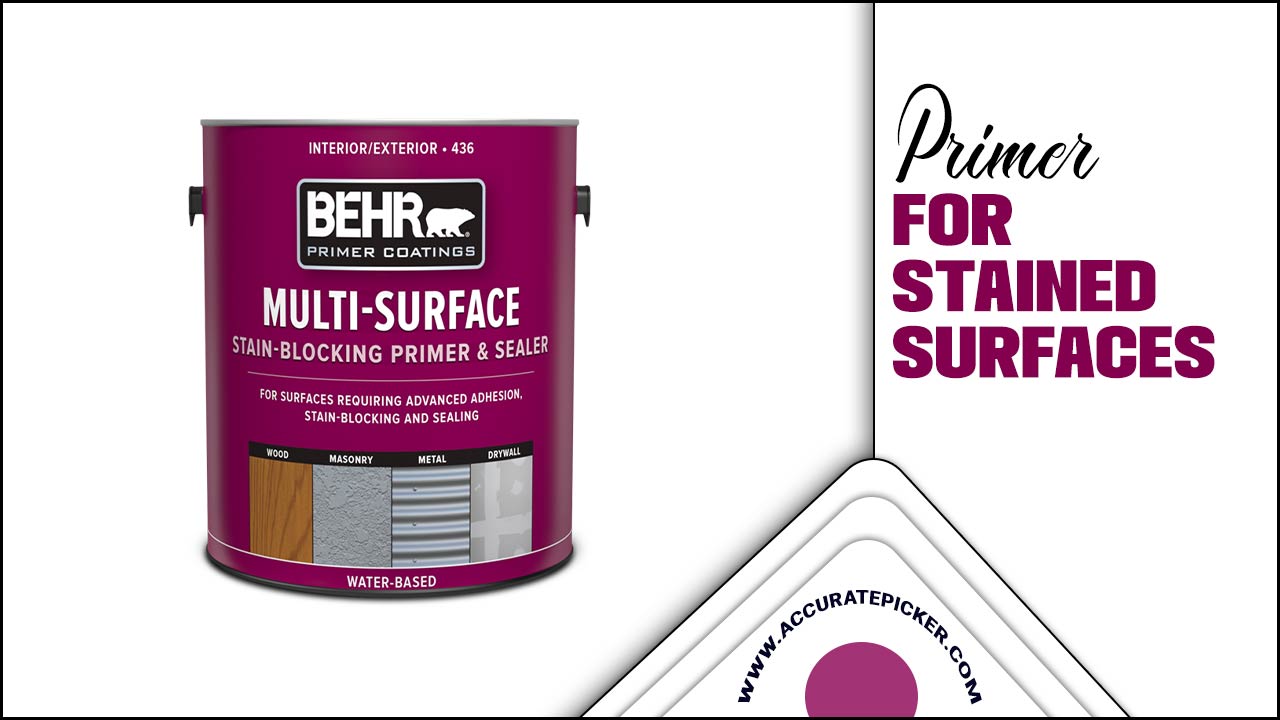
Primer For Stained Surfaces: A Guide

This article provides a primer for stained surfaces, so you can make sure your surfaces are properly prepped before you begin your project. We’ll cover the basics of surface preparation, including how to identify and remove existing stains, what to look for when selecting a primer, and the best techniques for applying primer to stained surfaces.
We’ll also discuss the best practices for protecting your surfaces from future staining. With this primer, you’ll be ready to tackle any staining project with confidence.
Prepping The Surface

Before you begin painting, it’s important to first prepare the surface. For stained surfaces, this is especially important, as you’ll want to ensure a good bond between the surface and the primer. Clean the surface with a damp cloth to remove any dirt or dust. Once the surface is dry, it’s important to sand the surface with fine grit sandpaper.
This will help the primer adhere better, preventing the paint from cracking or peeling. After sanding, vacuum any dust and debris from the surface, and then wipe the surface down with a damp cloth. Allow the surface to completely dry before applying the primer. Following these steps will help you get a great, even finish for your painted project.
Cleaning
Cleaning is an important part of preparing a surface for painting. It is important to clean the surface thoroughly, as dirt and debris can cause adhesion problems and result in poor paint performance. When cleaning a surface that has been stained, it is important to use the correct cleaning products.
Start by using a mild detergent and water to remove any loose dirt or debris. If this is not successful, you may need to use a stronger cleaning agent. Be sure to wear protective gloves and properly ventilate the area when using any cleaning products. Always test any cleaning products in an inconspicuous area first to make sure they will not damage the surface or the paint you plan to use.
Roughing
Roughing is an important part of prepping a surface for staining. To get the best results, use a sandpaper grit of 120 to 150. Begin by lightly sanding the surface with a circular motion.
Then, use a finer grit sandpaper to smooth out the surface. Be sure to sand in the same direction as the wood grain. After sanding, use a vacuum or tack cloth to remove any sawdust or dirt. This will ensure that the stain adheres properly and provides the best finish.
Priming
Priming is an important step for any painted surface, especially a stained one. It helps to create a smooth surface for paint to adhere to, and helps to seal in the stain so the color and texture is maintained. Primers come in a variety of forms, from water-based to oil-based, and each one has its own set of advantages and disadvantages.
Water-based primers are fast-drying and easier to clean up, but they don’t always provide the best seal against stains. Oil-based primers are thicker and provide greater adhesion, but they are slow-drying and more difficult to clean up.
Depending on the type of stain and the desired effect, you may want to use a combination of primers. For example, if you are painting a surface that has been stained with a water-based stain, you may want to use a water-based primer followed by an oil-based sealer. In any case, priming is an essential step to ensure the best possible paint job.
Sanding
Sanding is an essential step when prepping stained surfaces for primer. Not only does it help to smooth out any rough patches, but it also gives the primer something to hold onto when applied.
It is important to use the right grit of sandpaper for the surface, as too coarse of a grit can leave marks in the wood while too fine of a grit won’t provide enough “tooth” for the primer to adhere. Start with a medium grit sandpaper and work your way up to a finer grit.
If you’re sanding a hardwood, you may want to finish with a very fine grit. When sanding, always move in the direction of the grain and make sure to go over the entire surface. This will ensure an even finish and help prevent any primer from beading up or not adhering correctly.
Choosing The Primer
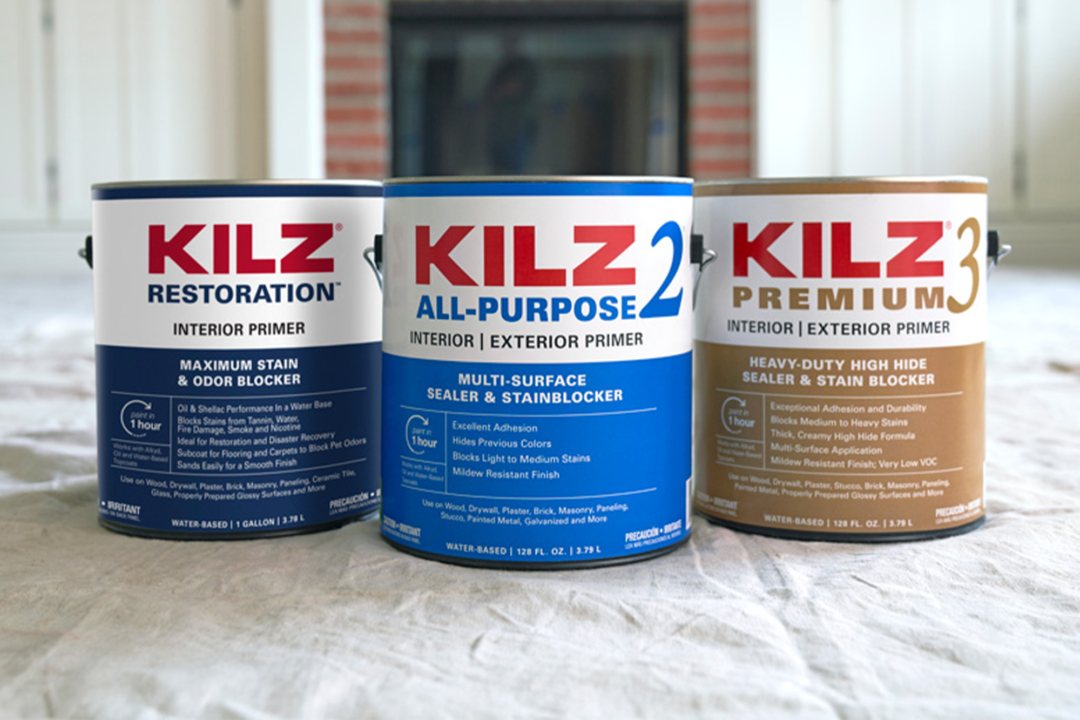
When choosing a primer for stained surfaces, it is important to select one that is specifically designed for the material you are working with. Wood, for example, requires a primer that is formulated to block stains from penetrating and to provide a smooth finish.
For metal surfaces, a primer that is designed to prevent corrosion and rust is essential. Likewise, a primer for concrete or masonry should be chosen based on its ability to adhere to the surface and provide a strong bond.
Consider any special requirements the surface may have, such as a primer that is formulated to protect against mold or mildew, or one that is designed to provide a waterproof barrier. Finally, make sure the primer you choose is compatible with the paint or finish you plan to use. The right primer will help ensure the best possible results for your project.
Primer Type
There are two main types of primers for stained surfaces: oil-based and water-based. Oil-based primers are good for surfaces with heavy staining, as they provide a thick barrier to help block out the stain. They are also good for covering up knots in wood, as well as creating a smooth surface for painting.
Water-based primers are best for surfaces with light staining, as they provide a thin, even coat that still allows the stain to show through. They are also good at sealing in smells, making them ideal for use on surfaces such as kitchen cabinets and wood floors.
Both types of primer are easy to apply, and can be painted over with your desired paint finish. Regardless of the type of primer you choose, it is important to properly prepare the surface before applying the primer. This means cleaning the surface and allowing it to dry completely before priming.
Primer Color
When it comes to priming stained surfaces, the choice of primer color is critical. If you opt for a white primer, the stain may still be visible after the primer has been applied. A tinted primer is therefore a better option for stained surfaces, as it will help to hide any discoloration. Tinted primers are available in a range of colors, from light gray to green, to better suit the color of the surface being primed.
If you’re unsure of the color of primer to use, a gray primer is a good option as it will be neutral enough to blend in with most shades. When applying the primer, make sure that it is applied evenly and that the entire surface is covered. Allow the primer to dry thoroughly before painting the surface.
Primer Finish
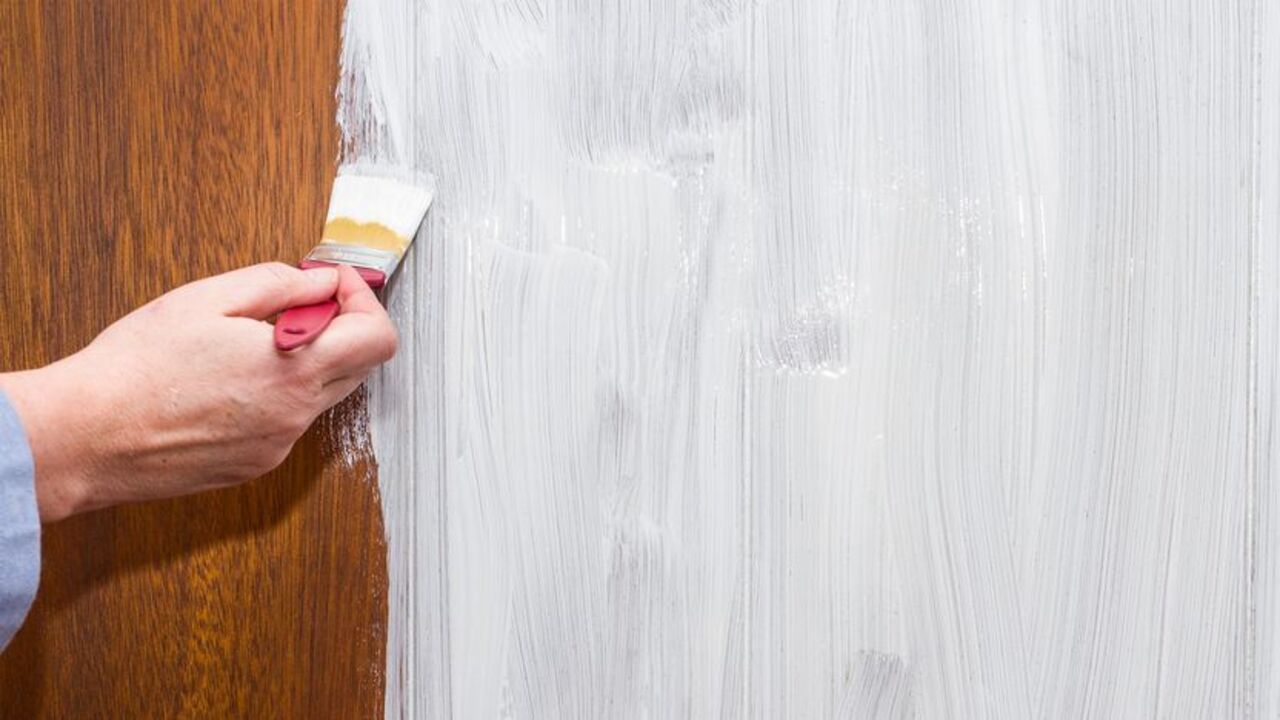
Primer finish is an important part of painting stained surfaces. Primers provide a bonding layer between the surface and the paint, helping the paint adhere better and last longer. They are also designed to seal and protect the surface, reducing the need for additional coats of paint.
When selecting a primer, it is important to choose one that is designed for the type of surface you are painting. For stained surfaces, the primer should be specifically designed for this application and should be applied in a thin coat. Once the primer is applied, allow it to dry for at least 24 hours before continuing to paint the surface.
Special Considerations
When painting over stained surfaces, special considerations must be taken into account. Before beginning, it is important to inspect the surface to determine if it is suitable for painting. Stains, such as ink or watermarks, may require a special primer to ensure proper adhesion and protection. In addition, any oils, grease, or wax should be removed before painting with either a detergent and warm water or a degreaser.
If paint is applied directly over these contaminants, it may eventually peel off. Lastly, the surface should be lightly sanded to help the primer and paint adhere better. Taking the time to ensure the surface is properly prepared will pay off in the long run with a beautiful, long-lasting finish.
Conclusion
This article provides a primer for preparing stained surfaces for painting. It outlines the steps necessary to ensure a successful paint job, such as cleaning the surface, removing any loose paint, and sanding the area to ensure a smooth finish.
It also provides tips on selecting the right primer to use, as well as how to apply it correctly. With the right preparation and the right materials, painting stained surfaces can be a successful and rewarding experience.
FAQ’s
1.What Type Of Primer Is Best For Stained Surfaces?
Ans: The best type of primer for stained surfaces is a shellac-based primer. This type of primer is highly effective at sealing in stains and odors, as well as providing a good base for paint. It also dries quickly and is easy to apply. For best results, it is recommended to apply two coats of shellac-based primer to ensure proper sealing.
2.Is It Necessary To Use Primer On Stained Surfaces?
Ans: Yes, it is necessary to use primer on stained surfaces in order to ensure that the paint adheres properly and prevents discoloration or fading. Primer helps to block out any residual staining and creates a better surface for paint to adhere to. It also helps to create a uniform color when painting over stained surfaces. In addition, primer helps to seal in any odors that might be present in the stain.
3.Can You Paint Over Stained Surfaces Without A Primer?
Ans: Yes, it is possible to paint over stained surfaces without a primer. However, it is important to ensure that the surface is thoroughly cleaned and all stains are removed. Then, a good quality oil based paint should be used for best results. If the surface is new or has been recently painted, then primer is not necessary.
4.How Do You Prepare Stained Surfaces For Painting?
Ans: To prepare stained surfaces for painting, you should first clean the surface with a mild detergent, rinse, and let dry. Then sand the surface lightly and use a primer specifically designed for stained surfaces. Finally, use a high-quality paint formulated for the surface you are painting. Make sure to follow the manufacturer’s instructions for best results.
5.Is There A Primer That Can Be Used On Both Wood And Concrete Stained Surfaces?
Ans: Yes, there are primers that can be used on both wood and concrete stained surfaces. Primers designed for both materials are called “multi-surface primers” and are designed to seal the surface and provide a better surface for the top coat to adhere to. These primers also help to prevent the underlying color from bleeding through and ensure a uniform finish. Be sure to check the label to make sure the primer is suitable for both materials.


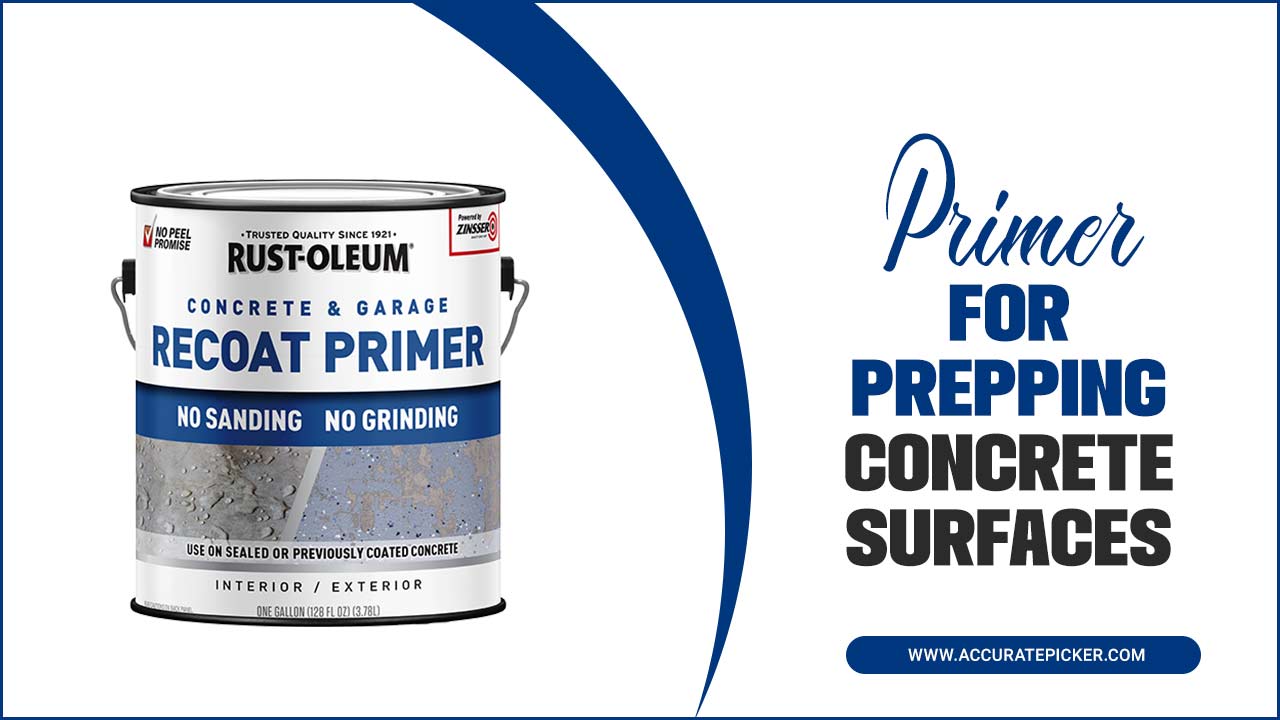
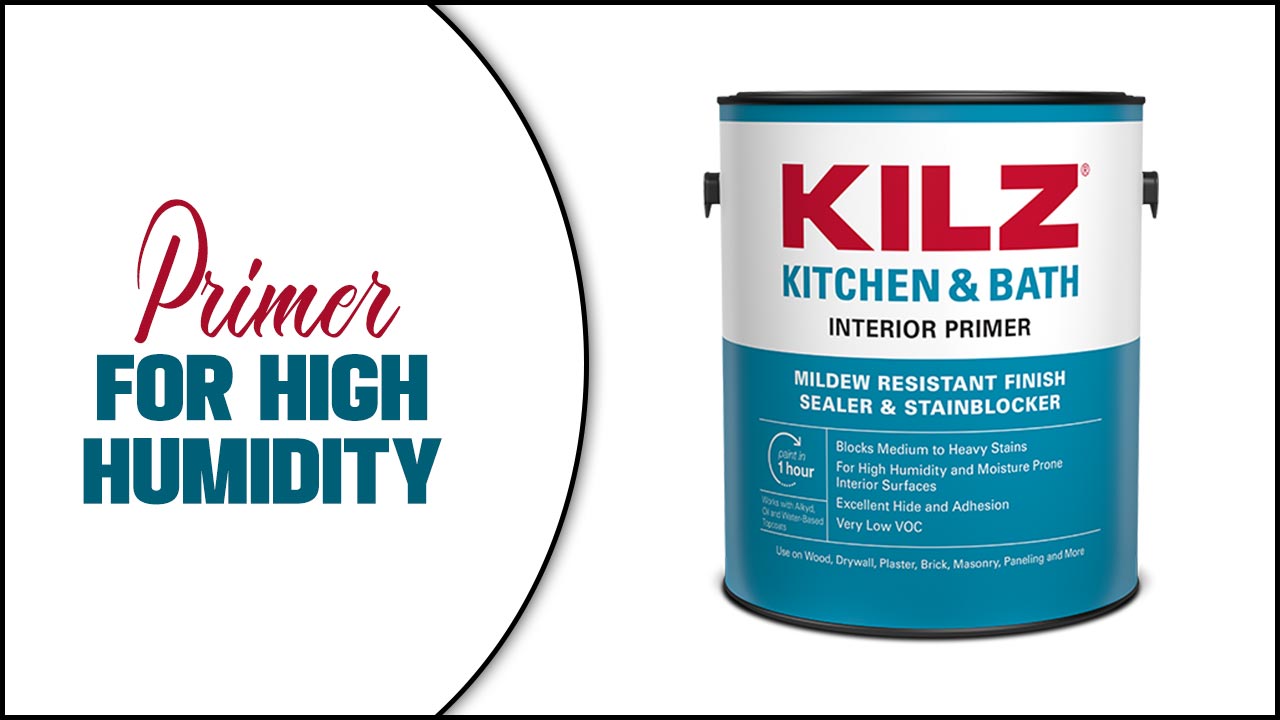
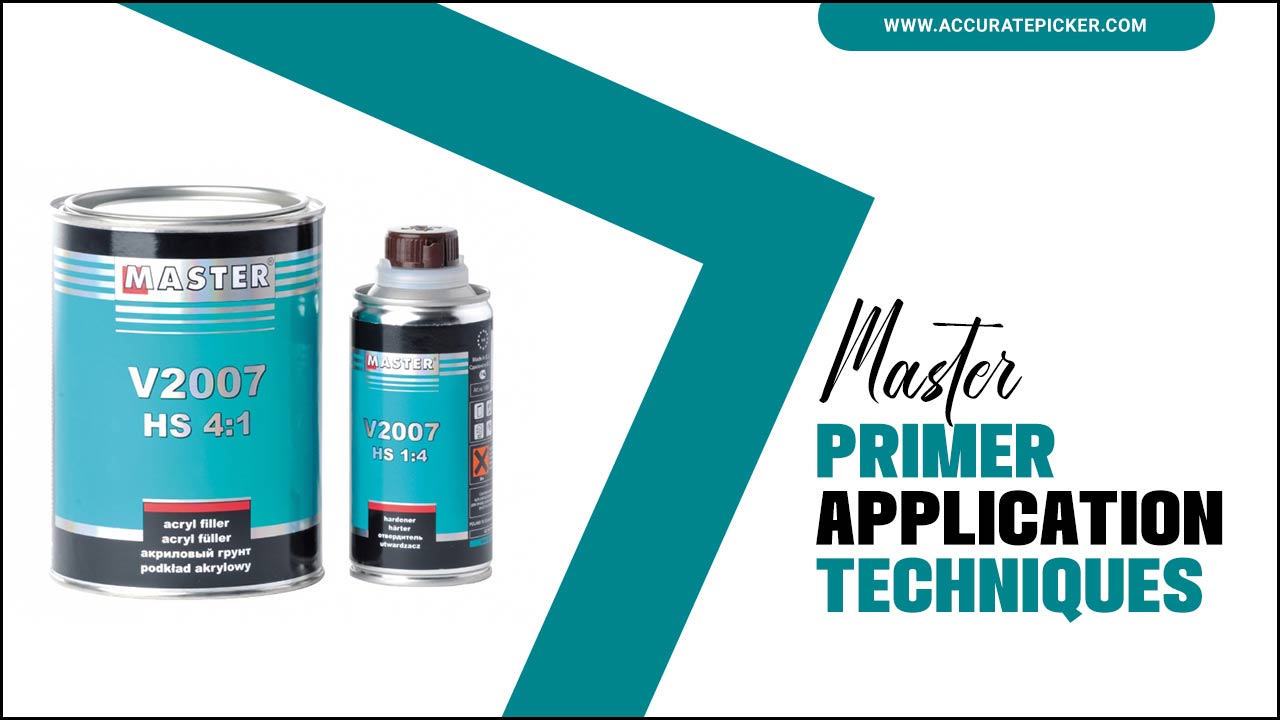
![Where To Buy Weld Through Primer? [Practical Advice]](https://accuratepicker.com/wp-content/themes/Extra/images/post-format-thumb-text.svg)